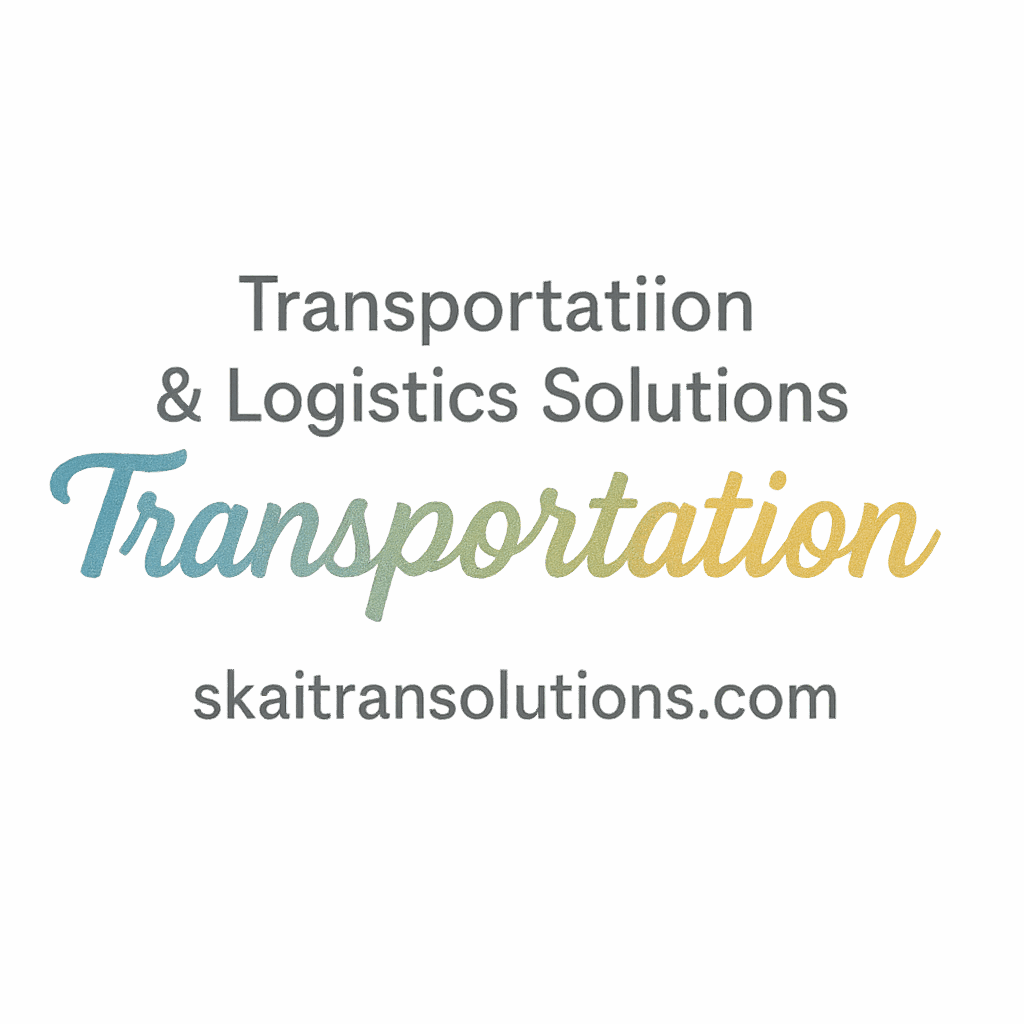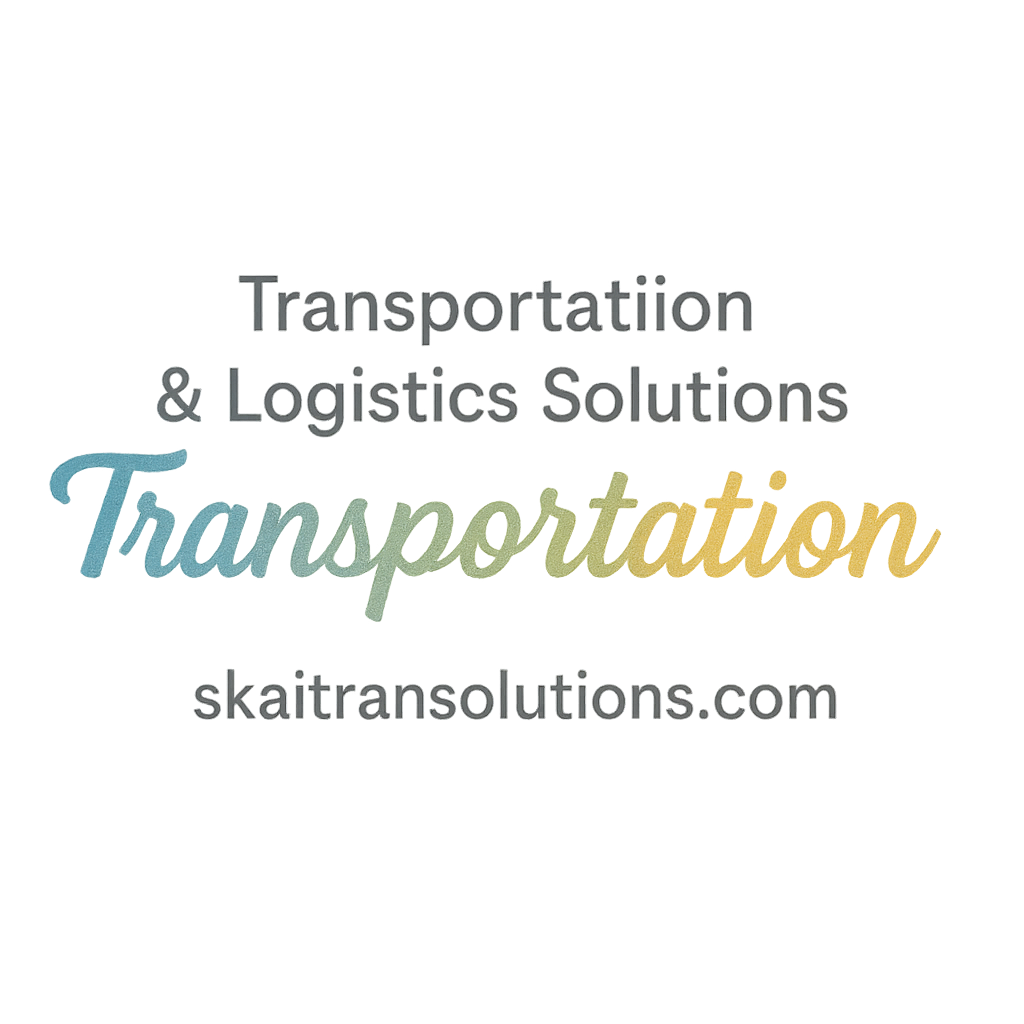Let’s be honest—when transportation goes wrong, everything else crumbles. Whether it’s delays, breakdowns, or lost cargo, the ripple effects can ruin customer trust and eat into your profits. So how do you flip the script and make your operations rock solid? Let’s dive into six proven strategies to improve transportation reliability that you can start implementing today.
Why Transportation Reliability Matters More Than Ever
In today’s fast-paced logistics landscape, reliability isn’t a luxury—it’s a necessity. From keeping customers happy to ensuring your bottom line isn’t bleeding money, reliability is the glue holding your operation together.
Impact on Customer Satisfaction
We live in an age of Amazon Prime and same-day shipping. If you’re not meeting delivery promises, your customers will find someone who will. Reliability means you deliver not just goods but also trust and professionalism.
Effects on Operational Costs
Unreliable transport means reroutes, rework, overtime, idle time, and fuel waste. Every failure has a dollar sign attached to it. A more reliable system means fewer costly surprises.
Strategy #1: Optimize Preventive Maintenance
It all starts with your fleet. If your vehicles aren’t road-ready, the rest doesn’t matter.
Regular Maintenance Schedules
Don’t wait for breakdowns—prevent them. Create detailed, recurring maintenance schedules and stick to them. Consistency here will save you a fortune later.
Telematics for Predictive Insights
Telematics gives you a heads-up when something’s about to go wrong—before it actually does. Think of it as a digital check-up for your vehicles.
Related Insights on Fleet Longevity:
Explore our tips for fleet longevity and safety practices.
Strategy #2: Leverage Route Optimization Tools
If your drivers are still manually planning routes, you’re leaving efficiency on the table.
Smart Mapping and Traffic Analytics
Use AI-powered mapping tools to avoid traffic snarls, road closures, and bottlenecks. The goal? Less time stuck, more time moving.
Real-Time Rerouting
Even the best plans get disrupted. Real-time rerouting helps drivers avoid sudden delays and keeps shipments on track.
Related Post: Route Planning Optimization
Strategy #3: Implement Real-Time Tracking Systems
Visibility equals control.
GPS and IoT Integration
Real-time GPS tracking allows dispatchers to know where every vehicle is at all times. IoT sensors can monitor temperature, humidity, and even door openings—especially critical for sensitive cargo.
Enhancing Fleet Visibility
Customers love transparency. With live updates and ETAs, you give them peace of mind—and fewer “Where’s my shipment?” calls.
Strategy #4: Train Drivers for Reliability
You can have the best tech and equipment, but if your drivers aren’t well-trained, your system will falter.
Safety and Defensive Driving Training
Driver behavior directly impacts reliability. Teach defensive driving, hazard awareness, and fatigue management to reduce delays from accidents.
KPI Tracking and Feedback Loops
Track individual driver performance with KPIs—mileage efficiency, idle time, delivery timeliness—and create feedback loops for continuous improvement.
Explore More: Operational Best Practices

Strategy #5: Strengthen Compliance and Risk Management
Skipping compliance is like skipping your seatbelt—fine until it’s not.
Staying Ahead of Transportation Regulations
Stay informed about changing federal and state laws. Non-compliance can lead to hefty fines, delays, or worse—suspensions.
Reducing Downtime Due to Non-Compliance
Audit your fleet regularly. Ensure that licenses, permits, and inspection records are up to date to avoid red flags.
Compliance Tags and Internal Links:
Stay on top of the game with our posts tagged compliance, safety inspections, and insurance.
Strategy #6: Adopt Innovative Transportation Technologies
Tech is the turbo button for transportation reliability.
Autonomous and AI-Powered Vehicles
They’re not sci-fi anymore. From lane detection to self-driving fleets, autonomous tech can reduce human error and improve consistency.
Automation in Logistics Scheduling
Automated dispatch, dynamic scheduling, and load matching systems ensure you’re using your resources optimally at all times.
Explore More: Transportation Technology Innovation
Bonus Tip: Focus on Reliable Vendor and Carrier Partnerships
Your network is only as reliable as its weakest link. Vet your carriers and vendors thoroughly. Look for consistency, responsiveness, and reviews. A reliable partner can be the difference between an on-time delivery and a PR nightmare.
How to Measure Transportation Reliability
Because what gets measured, gets managed.
KPIs You Should Be Tracking
- On-time delivery rate
- Vehicle uptime
- Average delivery time
- Driver performance score
- Maintenance compliance
Leveraging Metrics and Data Dashboards
Dashboards give you a bird’s-eye view of your reliability performance. Track trends, pinpoint bottlenecks, and fix them fast.
Related Tag: KPIs & Metrics
Benefits of Improving Transportation Reliability
This isn’t just about fewer breakdowns—it’s about business transformation.
Long-Term ROI and Competitive Advantage
Reliable transport means fewer fines, happier customers, and lower costs. That adds up to long-term profitability.
Brand Reputation and Customer Retention
If you’re known for being on-time, clients will stick with you. Word travels fast—especially when you’re reliable.
Final Thoughts
Improving transportation reliability isn’t a one-time fix—it’s a lifestyle. From tech to training, from route planning to maintenance, each piece plays a crucial role. Implement these six strategies, and you’ll not only boost your performance but also earn the loyalty of your clients and the respect of your industry peers.
Don’t forget to check out more insights at SkaiTranSolutions. Whether you’re looking for tools to track performance, insights on compliance, or the latest in transportation innovation, we’ve got you covered.
FAQs
1. What is the biggest cause of transportation delays?
Poor planning and vehicle maintenance are usually the culprits. Investing in route optimization and preventive upkeep can fix most of it.
2. How can small transport companies improve reliability?
Start small—telemetry, driver training, and route planning can make a big difference without a huge budget.
3. Is GPS tracking worth the cost?
Absolutely! It gives you visibility, reduces customer calls, and helps in real-time decision-making.
4. What are essential KPIs for transport reliability?
On-time delivery rate, fleet uptime, and driver scorecards are must-track metrics.
5. How often should fleets be maintained?
It depends on usage, but a monthly inspection schedule with quarterly full servicing is a solid baseline.
6. What’s the role of AI in transportation reliability?
AI can predict traffic, automate dispatching, and even assist with predictive maintenance, making your fleet smarter and faster.
7. Where can I find expert advice on transport operations?
Check out the Transportation Industry Insights section at SkaiTranSolutions for pro tips, case studies, and tech trends.


